
Operating system (abbreviated as OS) is a computer program that manages computer hardware and software resources, and is also the core and cornerstone of a computer system. The operating system needs to handle basic affairs such as managing and configuring memory, prioritizing the supply and demand of system resources, controlling input and output equipment, operating networks and managing file systems.
Operating system The operating system manages the hardware devices of the computer, so that the application software can use these devices conveniently and efficiently.It is the lowest software, which controls all the programs running on the computer and manages the resources of the entire computer. It is the bridge between the bare metal computer and the application and the user.
Second, the operating system is a program that manages computer hardware and software resources, and is also the core and cornerstone of the computer system. The operating system is a collection of system software that controls the operation of other programs, manages resources in the management system and provides users with an operating interface.
The operating system is a system software that manages computer hardware and software resources and provides public services for computer programs. The operating system can effectively use the system, and can also include accounting software for the cost allocation of processor time, massive storage, printing and other resources.
The operating system provides a security mechanism that can prevent users from changing system settings at will and unauthorized programs from accessing system resources.The operating system provides automatic management function: the operating system provides an automatic management function that can automatically allocate and manage resources to improve the efficiency of the system.
1. It is an operating system. The operating system is a program that manages computer hardware and software resources, roughly including 5 management functions: enter Process and processor management, operation management, storage management, equipment management, file management. Compared with DOS systems, etc., it is characterized by a graphical operating system.
2. Multitasking: Windows 10 supports multitasking, allowing users to open multiple applications and files at the same time. This enables users to handle multiple tasks at the same time more efficiently.Virtualization: Windows 10 supports virtualization, allowing users to run multiple operating systems on one machine.
3. The operating system mainly includes the following functions: (Related recommendation: windows) Process management, whose work is mainly process scheduling. In the case of a single user and a single task, the processor is only exclusive to one task of one user, and the work of process management is very simple. .

The operating system (English: operating system, abbreviated as OS) is to manage computer hardware Computer programs with software resources are also the core and cornerstone of the computer system. The operating system needs to handle basic affairs such as managing and configuring memory, prioritizing the supply and demand of system resources, controlling input and output equipment, operating networks and managing file systems.
Definition of operating system: Operating system (abbreviated as OS) is a computer program that manages computer hardware and software resources, and is also the core and cornerstone of a computer system.
The operating system is a system software that manages computer hardware and software resources and provides public services for computer programs. The operating system can effectively use the system, and can also include accounting software for the cost allocation of processor time, massive storage, printing and other resources.
The main functions of the operating system are: process management, whose work is mainly process scheduling. In the case of a single user and a single task, the processor is only monopolized by one user's task, and the work of process management is very simple.
Functions of the operating system: process management, whose work is mainly process scheduling, in a single user and a single taskIn this case, the processor is only exclusive to one user's task, and the process management work is very simple.
The functions of the operating system are: process management: central processor. In the case of macro kernels, multiple processes only switch processes simply and quickly so that each process can run. In the case of multi-core or multi-processor, all processes are converted on each processor or core through many collaborative technologies.
Device Management: Responsible for the management and control of computer hardware equipment, providing functions such as driving, buffering, interrupt processing, peripheral management, etc. of online devices.
Champions League-APP, download it now, new users will receive a novice gift pack.
Operating system (abbreviated as OS) is a computer program that manages computer hardware and software resources, and is also the core and cornerstone of a computer system. The operating system needs to handle basic affairs such as managing and configuring memory, prioritizing the supply and demand of system resources, controlling input and output equipment, operating networks and managing file systems.
Operating system The operating system manages the hardware devices of the computer, so that the application software can use these devices conveniently and efficiently.It is the lowest software, which controls all the programs running on the computer and manages the resources of the entire computer. It is the bridge between the bare metal computer and the application and the user.
Second, the operating system is a program that manages computer hardware and software resources, and is also the core and cornerstone of the computer system. The operating system is a collection of system software that controls the operation of other programs, manages resources in the management system and provides users with an operating interface.
The operating system is a system software that manages computer hardware and software resources and provides public services for computer programs. The operating system can effectively use the system, and can also include accounting software for the cost allocation of processor time, massive storage, printing and other resources.
The operating system provides a security mechanism that can prevent users from changing system settings at will and unauthorized programs from accessing system resources.The operating system provides automatic management function: the operating system provides an automatic management function that can automatically allocate and manage resources to improve the efficiency of the system.
1. It is an operating system. The operating system is a program that manages computer hardware and software resources, roughly including 5 management functions: enter Process and processor management, operation management, storage management, equipment management, file management. Compared with DOS systems, etc., it is characterized by a graphical operating system.
2. Multitasking: Windows 10 supports multitasking, allowing users to open multiple applications and files at the same time. This enables users to handle multiple tasks at the same time more efficiently.Virtualization: Windows 10 supports virtualization, allowing users to run multiple operating systems on one machine.
3. The operating system mainly includes the following functions: (Related recommendation: windows) Process management, whose work is mainly process scheduling. In the case of a single user and a single task, the processor is only exclusive to one task of one user, and the work of process management is very simple. .

The operating system (English: operating system, abbreviated as OS) is to manage computer hardware Computer programs with software resources are also the core and cornerstone of the computer system. The operating system needs to handle basic affairs such as managing and configuring memory, prioritizing the supply and demand of system resources, controlling input and output equipment, operating networks and managing file systems.
Definition of operating system: Operating system (abbreviated as OS) is a computer program that manages computer hardware and software resources, and is also the core and cornerstone of a computer system.
The operating system is a system software that manages computer hardware and software resources and provides public services for computer programs. The operating system can effectively use the system, and can also include accounting software for the cost allocation of processor time, massive storage, printing and other resources.
The main functions of the operating system are: process management, whose work is mainly process scheduling. In the case of a single user and a single task, the processor is only monopolized by one user's task, and the work of process management is very simple.
Functions of the operating system: process management, whose work is mainly process scheduling, in a single user and a single taskIn this case, the processor is only exclusive to one user's task, and the process management work is very simple.
The functions of the operating system are: process management: central processor. In the case of macro kernels, multiple processes only switch processes simply and quickly so that each process can run. In the case of multi-core or multi-processor, all processes are converted on each processor or core through many collaborative technologies.
Device Management: Responsible for the management and control of computer hardware equipment, providing functions such as driving, buffering, interrupt processing, peripheral management, etc. of online devices.
UEFA Champions League live streaming app
author: 2025-01-13 15:47 casino plus free 100
casino plus free 100
998.98MB
Check UEFA EURO
UEFA EURO
132.97MB
Check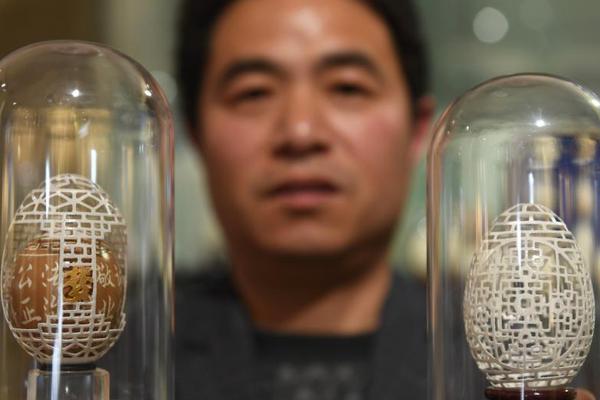 UEFA Champions League live streaming free
UEFA Champions League live streaming free
188.48MB
Check UEFA Champions League
UEFA Champions League
319.91MB
Check TNT Sports
TNT Sports
929.87MB
Check Hearthstone Arena Tier List
Hearthstone Arena Tier List
911.44MB
Check Hearthstone arena deck Builder
Hearthstone arena deck Builder
793.88MB
Check DigiPlus stock
DigiPlus stock
791.58MB
Check UEFA Champions League live streaming free
UEFA Champions League live streaming free
292.45MB
Check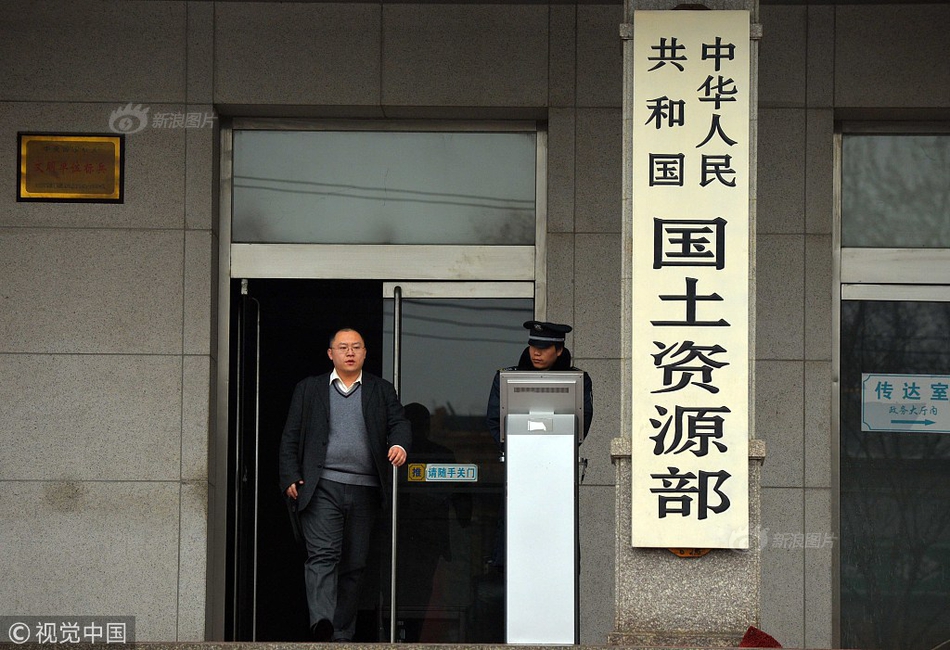 European Cup live
European Cup live
922.64MB
Check Hearthstone Wild Decks
Hearthstone Wild Decks
978.12MB
Check Casino Plus login register
Casino Plus login register
899.49MB
Check Casino Plus free 100
Casino Plus free 100
223.81MB
Check UEFA Champions League standings
UEFA Champions League standings
891.22MB
Check DigiPlus fair value
DigiPlus fair value
523.26MB
Check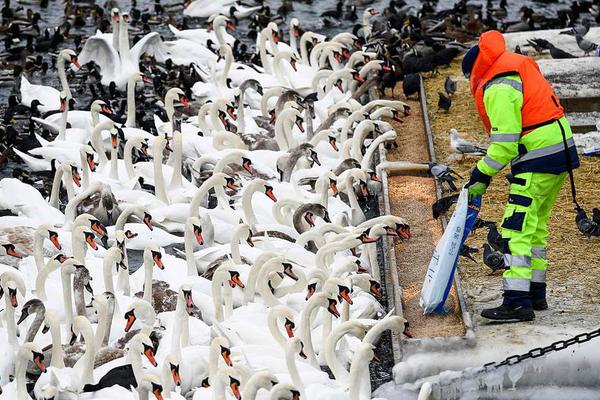 Hearthstone arena
Hearthstone arena
975.15MB
Check UEFA TV
UEFA TV
865.31MB
Check casino plus free 100
casino plus free 100
764.56MB
Check Free sports events uefa champions league app android
Free sports events uefa champions league app android
781.13MB
Check Casino Plus
Casino Plus
357.42MB
Check DigiPlus fair value
DigiPlus fair value
215.97MB
Check Bingo Plus stock
Bingo Plus stock
849.17MB
Check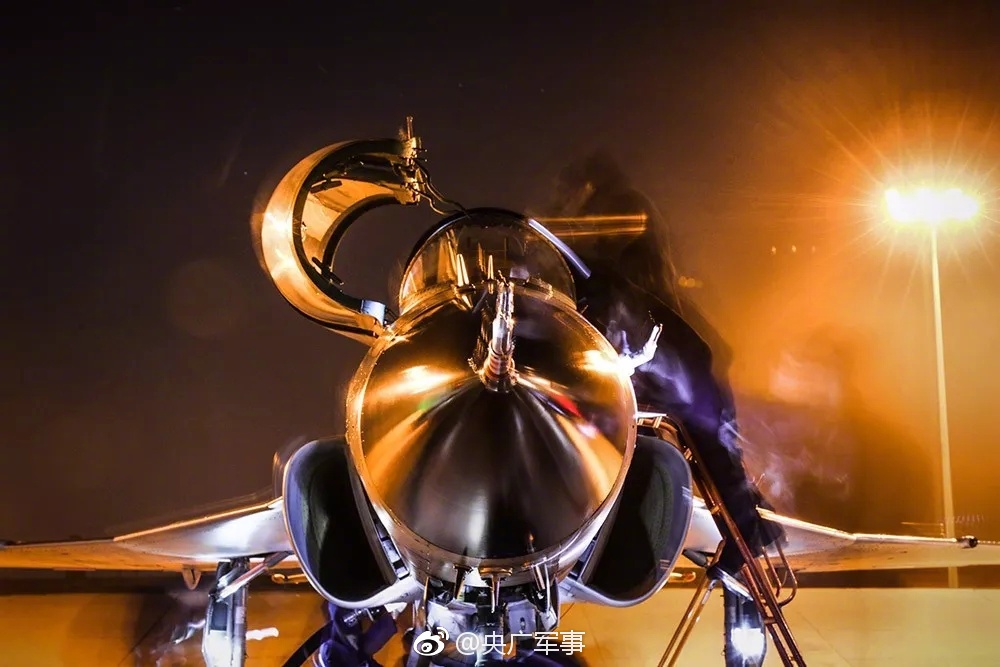 Champions League
Champions League
754.95MB
Check UEFA Champions League
UEFA Champions League
692.17MB
Check Casino Plus login register
Casino Plus login register
554.56MB
Check Hearthstone Arena win rate
Hearthstone Arena win rate
942.78MB
Check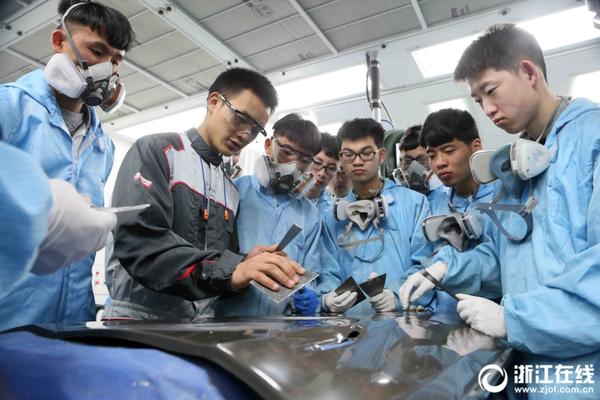 Hearthstone Arena class tier list 2024
Hearthstone Arena class tier list 2024
369.83MB
Check Hearthstone Arena Tier List
Hearthstone Arena Tier List
288.91MB
Check Walletinvestor digi plus
Walletinvestor digi plus
294.98MB
Check Hearthstone Arena Tier List
Hearthstone Arena Tier List
757.53MB
Check Hearthstone arena class win rates reddit
Hearthstone arena class win rates reddit
429.92MB
Check UEFA TV
UEFA TV
692.21MB
Check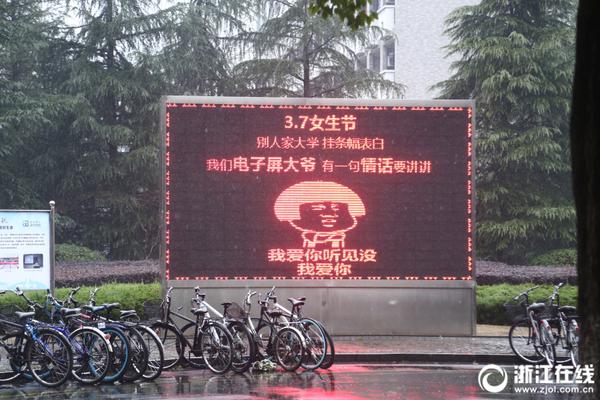 Casino Plus app
Casino Plus app
194.23MB
Check bingo plus update today Philippines
bingo plus update today Philippines
829.12MB
Check casino plus free 100
casino plus free 100
246.77MB
Check UEFA TV
UEFA TV
738.15MB
Check
Scan to install
Champions League to discover more
Netizen comments More
1805 Arena plus APK
2025-01-13 15:41 recommend
544 Casino Plus login register
2025-01-13 15:28 recommend
1968 UEFA live free
2025-01-13 15:11 recommend
2246 Casino Plus free 100
2025-01-13 14:54 recommend
1732 Hearthstone Arena win rate
2025-01-13 13:31 recommend